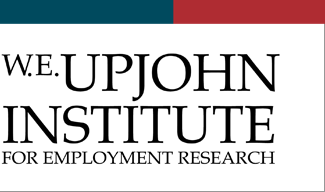Work Hours Mismatch
Upjohn Author ORCID Identifier
Series
National Bureau of Economic Research Working Paper 31205
Issue Date
May 2023
Abstract
This paper uses a revealed preference approach applied to administrative data from Washington to document and characterize work-hour constraints. Workers have limited discretion over hours at a given employer, and there is substantial mismatch between workers who prefer long hours and employers that provide short hours. Voluntary job transitions suggest that the ratio of the marginal rate of substitution of earnings for hours (MRS) to the wage rate is on the order of 0.5-0.6 for prime-age workers. The average absolute deviation between observed hours and optimal hours is about 15%, and constraints on hours are particularly acute among low-wage workers. On average, observed hours tend to be less than preferred levels, and workers would require a 12% higher wage with their current employer to be as well off as they would be after moving to an employer offering ideal hours. These findings suggest that hours constraints are an equilibrium feature of the labor market because long-hour jobs are costly to employers, and that employers offer high-wage/long-hour packages to increase their overall value of employment.
Publisher
National Bureau of Economic Research
DOI
10.3386/w31205
Sponsorship
Social Sciences and Humanities Research Council Insight Development grant
Subject Areas
LABOR MARKET ISSUES; Wages, health insurance and other benefits
Get in Touch With The Expert
Want to arrange to discuss this work with the author(s)? Contact our .
Citation
Lachowska, Marta, Alexandre Mas, Raffaele Saggio, and Stephen A. Woodbury. 2023. "Work Hours Mismatch." National Bureau of Economic Research Working Paper 31205. Cambridge, MA: National Bureau of Economic Research. https://doi.org/10.3386/w31205

